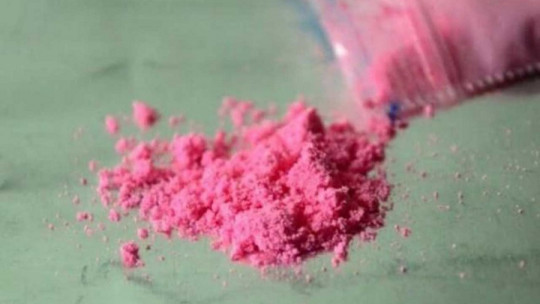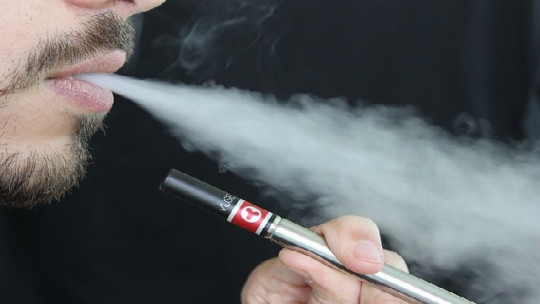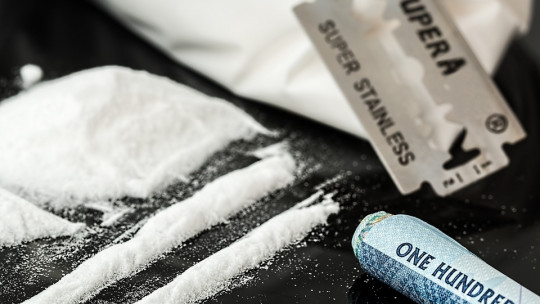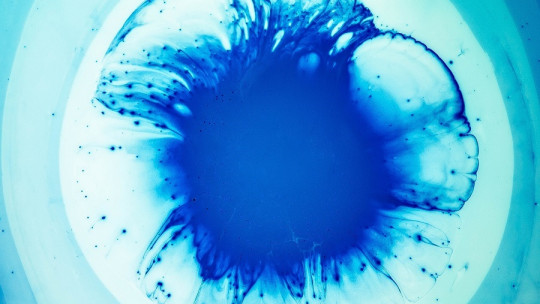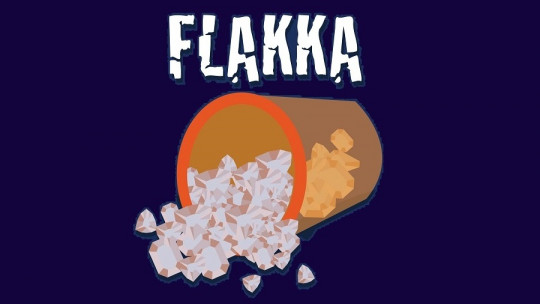
Pink Powder is a drug that has become popular recently But drug use is not something new, it is an ancient practice. For example, indigenous tribes already consumed coca or peyote leaves as part of their culture.
Currently, there are many psychoactive substances that are consumed by individuals from different social groups. From classic forms such as heroin or cocaine to the synthetic drugs of contemporary times, the wide repertoire of effects of these substances has meant that they are used in many contexts. Over the years, new and attractive substances appear: krokodil, flakka, bath salts…
Pink Powder: the drug of the upper class
If heroin is the drug consumed by the marginal classes, cocaine has always been associated with wealthy people, as it is an expensive drug (at least in developed countries). In recent years, another drug seems to have exploded among the upper class, it is Pink Powder, also known as Tucibi (2CB), Pink Cocaine, Venus, Eros or Nexus).
Pink Powder is a synthetic drug with psychedelic effects, and according to users, it alters all the senses and changes the perception of the world with visual and thought hallucinations. In some cases, uncontrolled imagination causes terrible fear or panic attacks, just as LSD does. It seems that this drug combines the hallucinogenic effects of the latter substance with the euphoric and energetic effects of MDMA: the person notices a very pleasant high for the body itself, a sensation of exaggerated strength and intense nervousness and excitement
The stimulant effects appear at low doses, while the hallucinogenic effects appear after consuming high doses of this product. The duration of these effects is between 4 and 8 hours. Knowing this, it is curious that it receives the name Pink Cocaine, since the consequences of consuming this drug have little to do with cocaine hydrochloride. The only similarity between both drugs is in appearance, that is, the powder presentation. Now, the Pink Powder has a high addictive power that is comparable to that of other psychoactive substances such as methamphetamine
Properties of Pink Powder
Pink Powder is a synthetic drug (also called synthetic or designer) that is characterized by being manufactured through chemical processes, generally in clandestine laboratories. These drugs originated in the 70s in the United States.
This is how Pink Powder first emerged, since its creator, Alexander Shulgin, first synthesized it in 1974. This drug (2C-B or 4-bromo-2,5-dimethoxyphenylethylamine) is a psychedelic phenylethylamine of the family 2C. Shulgin discovered more substances from this family (2C-E, 2C-T-2, 2C-T-7, 2C-I) but Pink Powder is the one that has spread the most.
There are different types of designer drugs: those that mimic the effects of opiates (for example, New Heroin), cocaine substitutes (for example, Crystal Caine) or substances with original and novel effects (Ecstasy or LSD). Pink Powder is part of this last group.
The dose of Pink Cocaine varies between 16 and 24 mg, and is usually consumed in powder form, presented in bags. However, it can also be consumed in pills or capsules.
Negative consequences of its consumption
This drug is very dangerous and the health consequences of its consumption can be devastating. Problems appear both in the short term and in the long term. Anxiety and panic attacks are common due to the emotional intensity caused by hallucinations, something that also occurs with LSD or MDMA.
In the long term, problems can be: severe anxiety attacks, disorientation, depersonalization, extreme fatigue, depression and psychotic disorders. Difficulties and problems not only arise in the health of the user, but their family environment also suffers the consequences of this drug.
Law enforcement agencies are aware of the seriousness of this drug.
The alert is maximum among the law enforcement agencies of different countries to be able to tackle this public health problem. In Colombia, Medellín police recently arrested Alejandro Arboleda Uribe, alias “Alejo Tucibí”, known as the largest trafficker of this substance. As part of this operation, Colombian authorities also detained 13 other individuals in the cities of Cali and Ipiales and the island of San Andrés. They were all part of the same drug trafficking network.
The dismantled gang transported drugs from Colombia to other South American countries, the United States and Europe. Their modus operandi consisted of sending the drugs in human couriers, which then reached the destination countries.
Spain is no exception
The consumption of this drug has also spread throughout Spain and, in fact, The police of this country have also carried out operations to end the illegal trafficking of this substance This is something that would be expected, given how dangerous it could be to have a substance whose effects are serious and partially unknown in circulation on the streets.
In July 2016, Spanish police made nine arrests in a raid in the city of Madrid. Eight of the nine detainees were Colombian citizens.



